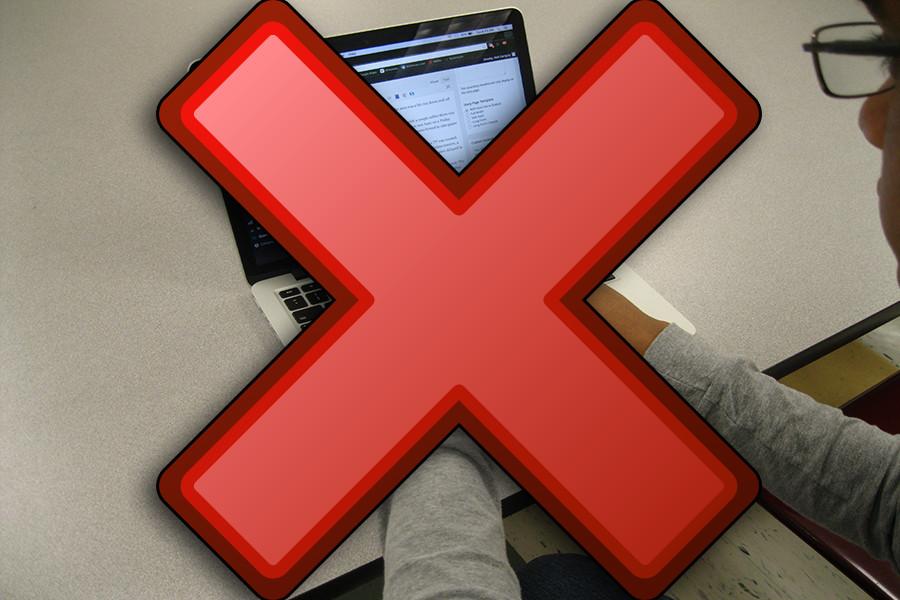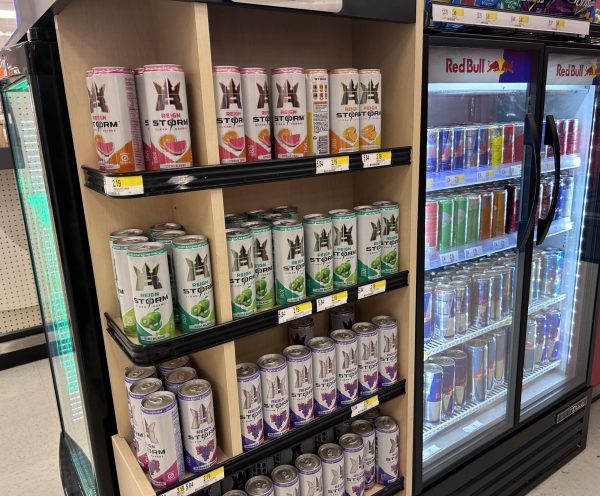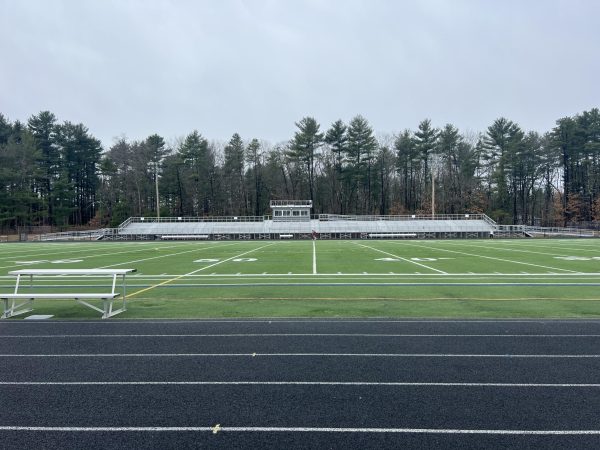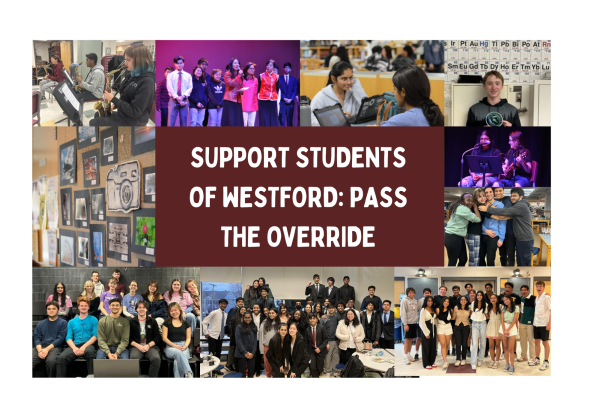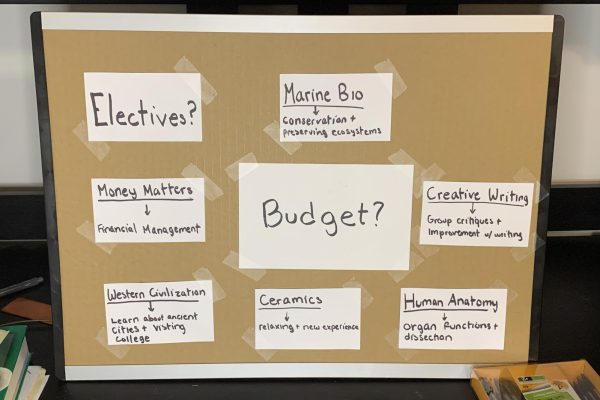Opinion: Downsides of going one to one
November 3, 2015
Going one to one is a subject that has been on many students’ and teachers’ minds recently. With the increasing use of technology in schools across the country, giving every high school student a laptop seems like a sensible option.
According to a recent report from The Journal, 89 percent of high school students have access to smart phones, and another 66 percent have access to laptops. Among all high schools in the US, 33 percent use school-issued mobile devices, and 75 percent access class information through an online portal.
However, there are many downsides to this new type of learning. First of all, technology is not always reliable. With this system, teachers and students are relying on technology to learn.
If homework and other assignments are administered online, a student having technical difficulties would be unable to complete the assignment. If the wifi is down, or the computer stops working or the charger is lost; so many factors can lead to an inability to learn material and complete assignments online.
Parts of this one to one plan include students watching lectures created by teachers at home. According to The Journal, 22 percent of high schoolers across the US have started watching videos created by teachers outside of school. The goal of these online lectures is to allow more discussion in class regarding the topic of the lecture rather than spending class time teaching the lesson.
However, watching a teacher on a video is extremely different than listening in class. In class, the teacher can truly engage students and they can easily ask questions as the lesson is being taught. However, through a computer screen, there is no way to get the same learning experience. If there is a student who has not grasped the material at the beginning of the lesson, they will surely not understand it by the end. With online lectures, students will not have the ability to ask questions, or benefit from the contributions of others in the class and therefore, be ill prepared for discussion the next day.
Interacting with classmates online both in and outside of the classroom through online programs is also included in this plan. With the constant use of online interaction, there is a lack of personal connection between students. It is important for classmates to work together in person to gain collaboration skills.
Additionally, there is an extremely high expense for providing every student with a laptop. That money could be used in more resourceful ways throughout the school such as hands-on teaching tools, internships, field trips, guest speakers, and other tools to apply real world situations to the lessons learned in the classroom.
Students in this generation are lacking the ability to interact on a personal level with the increase of technology. School is a place for higher level, collaborative thinking. Implementing laptops into the school system will hinder a students’ ability to make meaningful connections and further skills that are essential life skills.

